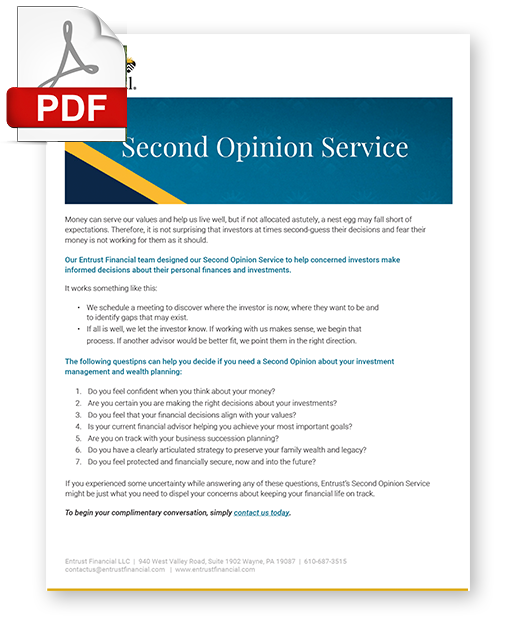How to Encourage Your Children to Give Back

You can instill a sense of gratitude and generosity in even the youngest children by teaching them to share with others, beyond the immediate family. For instance, a great place to start is to encourage your kids to volunteer their time or share a portion of their allowance with the causes they love.
Strategies for transforming your children into young philanthropists include:
- Discover what sparks their interest
- Create a family tradition
- Establish a donor-advised fund
Discover what sparks their interest
You can easily discover children’s interests by having a conversation, or better yet, by holding a family meeting. Facilitate the participation of each family member regarding their special interests. Identify what captures the heart of each child; then select charities that fulfill his or her passion.
For example, if your child likes pets, that might generate interest in a local animal rescue group. Once the organization is selected, look for opportunities to support them by donating time or money. As an added incentive you might agree to match the donations your child gives.
Create a family tradition
Celebrate a holiday, anniversary, or other event as a family by giving back to those in need. Not only will your children learn the importance of volunteering and generosity, they will also look forward to this traditional family endeavor every year. For example, participate in a family-friendly one-mile or 5K walk that benefits a cause important to your family. Or enjoy beautiful spring or summer days by volunteering for a park cleanup project or a local community building project. These shared experiences provide valuable lessons about the impact of giving back to the community.
Establish a donor-advised fund
A great charitable tool you should consider is a donor-advised fund. Many families establish a donor-advised fund because it’s flexible and a great tool to teach their children about giving, saving, and investing. When you and your family donate to your fund, you may be eligible for an immediate tax deduction.
Family members meet regularly to review their contributions, their investment strategy, and the value of their donor-advised fund. They make decisions about when to grant money and to what organizations. Some families set savings goals; they wait for the fund to reach a certain value prior to dividing funds among their favorite charities. Because grants are made only to qualified charities, an added benefit is that investment appreciation has the potential to grow tax-free.
Givers for life
By teaching lessons in gratitude and generosity early on, you can set your kids up for a lifetime of giving back to those in need, to their local communities, and to cherished causes. If you would like to discuss specific strategies for incorporating charitable giving into your family planning, contact us today or take a look at the BalancingActBook.com Charitable Planning Map.












